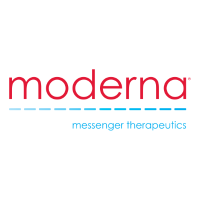
Moderna Therapeutics
Moderna is a clinical stage pioneer of messenger RNA Therapeutics™, an entirely new in vivo drug technology that produces human proteins, antibodies and entirely novel protein constructs inside patient cells, which are in turn secreted or active intracellularly. This breakthrough platform addresses currently undruggable targets and offers a superior alternative to existing drug modalities for a wide range of diseases and conditions. Moderna is developing and plans to commercialize its innovative mRNA drugs through its own ventures and its strategic relationships with established pharmaceutical and biotech companies. Its current ventures are: Onkaido, focused on oncology, Valera, focused on infectious diseases, Elpidera, focused on rare diseases, and Caperna, focused on personalized cancer vaccines. Cambridge-based Moderna is privately held and currently has strategic agreements with AstraZeneca, Alexion Pharmaceuticals and Merck.